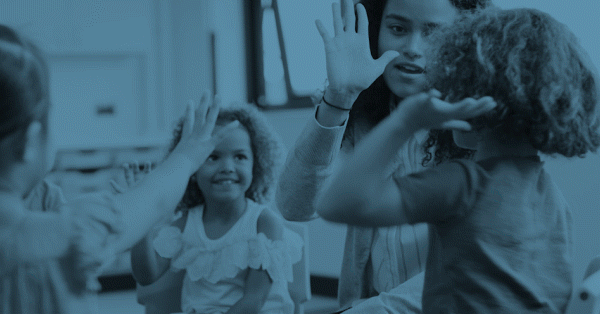
During the month of October, schools and organizations observe National Bullying Prevention Awareness Month. For many students, the excitement of going to school is tempered by caution and worry. It is an unfortunate reality that bullying exists on our school campuses. It is an unfortunate reality that violence exists on our school campuses. While active shooter incidents grab headlines and are terrifying, violence is occurring both on and off school campuses every day in the form of bullying.
It’s Up to Us to Stop the Cycle
Startling statistics reveal that between 1 and 3 students say they have experienced bullying and that 64% of bullying incidents go unreported. Children who are bullied and children who bully others may have lasting problems. Studies show that bullies are more likely to drop out of school, engage in criminal behavior and later have more difficulty keeping steady jobs. Those who are victims of bullying suffer from anxiety, low self-esteem and depression. Bystanders who are neither bully or victim may be affected feeling powerless, fearful or guilty for not being helpful.
Let’s take the time this month to develop strategies to get bullish on bullying.
It Goes Beyond the Classroom
For many, the word bully brings to mind the schoolyard menace of their youth. Every school had one-- the bigger kid who found joy in tormenting their younger or smaller classmates by stealing their lunch money, tripping them in the halls and relentlessly taunting them during recess. However, with the anonymity of the Internet and the rise of social media platforms, bullying is evolving into new and more complex forms.
The bully of today is a shapeshifter and regardless of their chosen modus operandi of torment, the psychological impact they wield can be devastating. The U.S. Department of Education in a catchall description for this ever evolving menace, defines bullying as unwanted, aggressive behavior that involves a real or perceived imbalance of power. Bullying though is not a one-time offense, rather it is behavior that is repeated and is likely to be repeated over time.
There are both direct and indirect forms of bullying that can manifest physically, verbally and/or nonverbally. Direct bullying is overt and can include physical assault, damage of property, verbally teasing or making racial or sexual comments and making threatening gestures or messages. Indirect bullying is bullying by extension and can include situations such as manipulating another to assault someone else, spreading rumors, excluding select individuals from groups or activities and social and cyber harassment.
Stop a Bully in Their Tracks
Rather than simply avoiding a bully, learning to identify untoward behaviors and working to discourage and rectify can create better outcomes for both bully and intended and unintended targets. We can’t always depend on children to tell us what is really going on since children who may bully others often explain away their behavior as “just messing around” or “it is all in fun.”
The key is to look for cues to help interpret the behavior. Consideration of body language and facial expression is critical. Be on the lookout for obvious and subtle signs of distress that contradict what an individual may say. Most importantly, following up in situations where bullying is suspected and responding quickly and consistently to the troublesome behavior sends a clear message that bullying is not acceptable.
It's Time to Take Action
To end, please join Allied Universal as we observe National Bullying Prevention Awareness month. Use the time this month to encourage your employees, coworkers, friends, security team, and school to take a strong stance against bullying on our school campuses. Together, we can make a difference.









